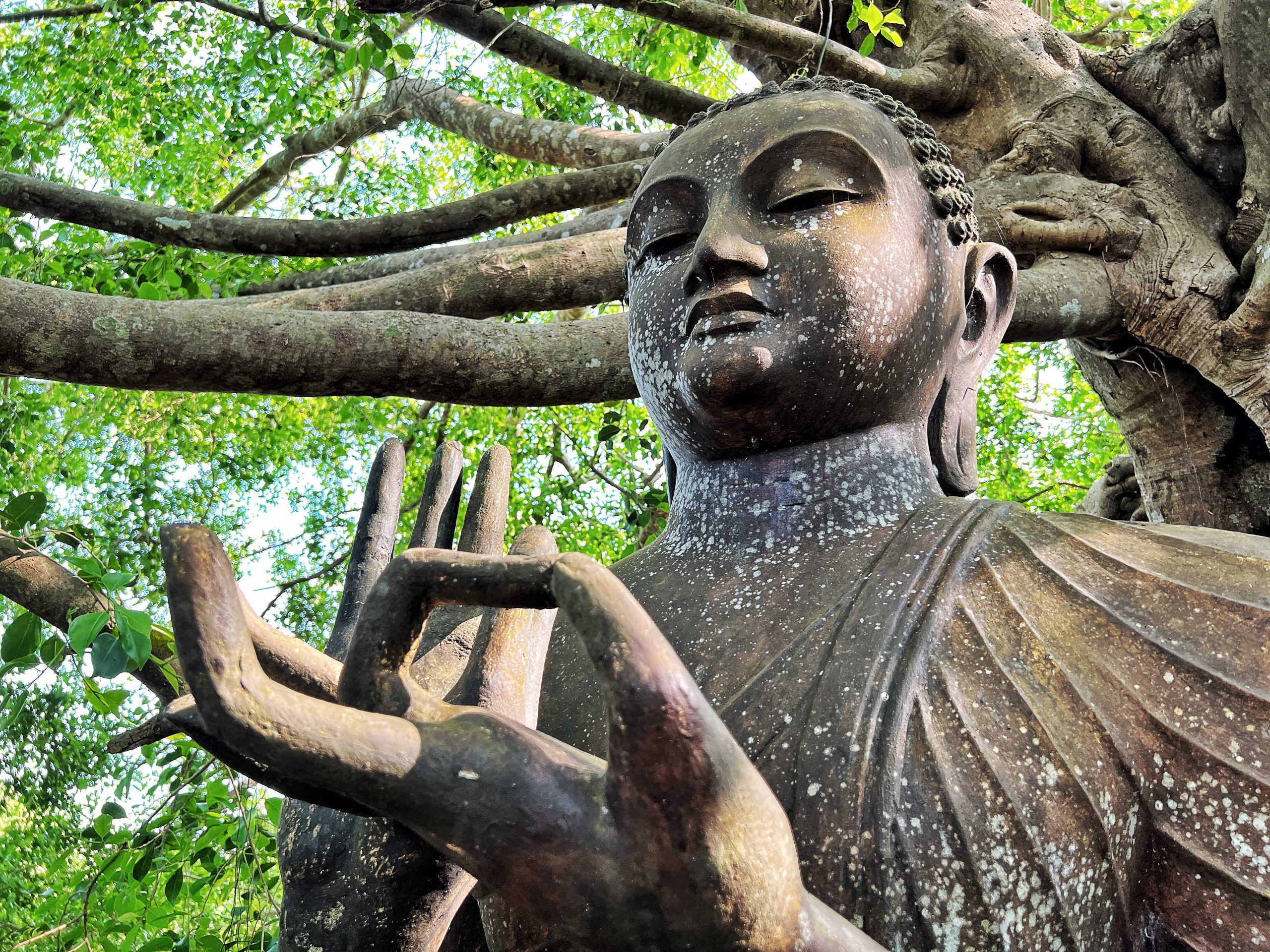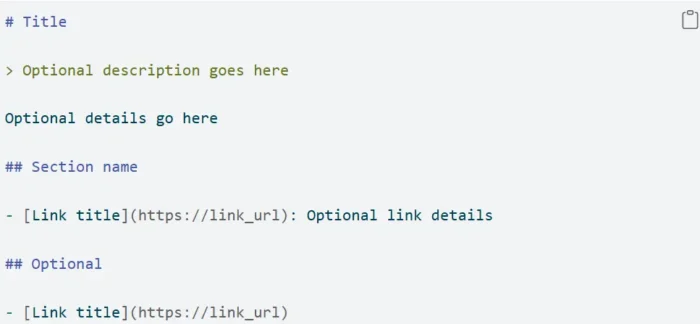Make a True Home of your Love
Thay shares his insights on the three kinds of intimacy that can help us create a true home in ourselves and our beloved ones.

In this Dharma talk excerpt from 2010, Thay shares insights on the three kinds of intimacy that can help us create a true home in ourselves and our beloved ones.

In Vietnamese, the husband calls the wife “my home.” And the wife calls the husband her home. “Nhà tôi” means my house, my home. When a gentleman is asked “Where is your wife?” he will say, “My home is now at the post office.” And if a guest said to the wife, “Your home is beautiful; who decorated it?” she would answer, “It’s my home who decorated it,” meaning, “my husband.” When the husband calls his wife, he says, “Nhà ơi,” my home. And she says, “Here I am.”
When you are in such a relationship, the other person is your true home. And you should be a true home for him or for her. First you need to be your own true home so that you can be the home of your beloved. We should practice so we can be a true home for ourselves and for the one that we love. How? We need the practice of mindfulness.
In Plum Village, every time you hear the bell, you stop thinking, you stop talking, you stop doing things. You pay attention to your in-breath as you breathe in and you say, “I listen, I listen. This wonderful sound brings me back to my true home.” My true home is inside. My true home is in the here and the now. So practicing going home is what we do all day long, because we are only comfortable in our true home. Our true home is available, and we can go home every moment. Our home should be safe, intimate, and cozy, and it is we who make it that way.
Three Kinds of Intimacy
There are three kinds of intimacy. The first one is physical and sexual. The second is emotional. And the third one is spiritual. Sexual intimacy cannot be separated from emotional intimacy. They go together. And if spiritual intimacy is there, the physical, sexual intimacy will have meaning and will be healthy and healing. Otherwise it will be destructive.
Emotional Intimacy
Every one of us is seeking emotional intimacy. We want to have real communication, mutual understanding, communion. In the light of Buddhist practice, you have to listen to your own suffering. There is suffering inside of you, and there is suffering inside of the other person. If you do not listen to your own suffering, you will not understand it, and you will not have compassion for yourself; and compassion is the element that helps you heal.
The first thing the Buddha talked about is the suffering inside. Many of us are fearful. We don’t want to go back to ourselves, because we believe that we will encounter the block of suffering inside, and that we will be overwhelmed. Instead, we try to cover it up by means of consumption. We consume food, we consume music, we consume many other things, and we consume sex. But that does not help. That is why the Buddha proposed that we go home to ourselves with courage, in order to recognize and listen deeply to the suffering inside. We can use the energy of mindfulness, generated by conscious breathing and walking, to embrace it tenderly. “My suffering, I know you are there. I am home. And I will take care of you.”
Healing ancestral suffering
There are times when we suffer but we don’t know the nature of the suffering. Our ancestors, our parents may not have been able to transform their suffering, and they have transmitted it to us. And now, because we have encountered the Buddhadharma, we have a chance to recognize it, embrace it, and transform it for ourselves and our ancestors, our parents. “Dear ancestors, dear father, dear mother, I have received this block of suffering from you. I know the Dharma, I know the practice. I will learn to recognize this block of suffering that has been transmitted to me, and with love I will try to accept and to transform it.” You can do it out of love. You do it for your parents, for your ancestors, because we are our ancestors.
The power of understanding and compassion
According to the teaching of the Four Noble Truths, unless you listen to your suffering, unless you look deeply into your suffering, and embrace it tenderly with your energy of mindfulness, you cannot understand the roots of your suffering. When you begin to understand the roots of your suffering, suddenly the energy of compassion, of understanding, arises. And understanding and compassion have the power to heal. By embracing and listening to your suffering, you bring about understanding and compassion. And when the nectar of compassion is born in you, you suffer less, you feel less lonely. You begin to feel the warmth within yourself; you are building a home inside yourself. The Buddha recommends that we build a home inside, an island within ourselves. Be an island unto yourself. You’ll feel comfortable, you’ll feel warm, and you can be a refuge for the other person too.
Interbeing and building a home
When you have understood your own suffering, your own loneliness, you feel lighter and you can listen to the suffering of the other person. Your suffering carries within itself the suffering of your ancestors, of the world, of society. Interbeing means that my suffering is in your suffering, and your suffering is in my suffering. That is why, when I have understood my suffering, it is easier for me to understand your suffering. When you understand someone’s suffering, that is a great gift that you can offer to him or to her. The other person feels for the first time that she is understood. To offer understanding means to offer love. And understanding another person is not possible without understanding self. Home-building begins with yourself. Your partner too builds a home within, and then you can call her your home, and she can call you her home.
In the Upper Hamlet, we build a Sangha as our home. You build your family as a Sangha too, because Sangha means simply “community.” The most noble task is to build a Sangha. After enlightenment, the first thing the Buddha taught us was to look for elements to build a Sangha. A Sangha is a refuge for ourselves and for many people.

Emotional and physical intimacy inter-are
So we go home to ourselves, we listen to the suffering inside of us. We embrace our pain, our sorrow, our loneliness with the energy of mindfulness. And that kind of understanding, that kind of insight will help transform the suffering inside us. We feel lighter, we begin to feel warmth and peace inside. And then when the other person joins you in building home, you have an ally. You are helping him and he is helping you. And together you have home. You have home in yourself, you have home in him, in her also. If that kind of intimacy does not exist, then a sexual relationship can cause a lot of damage. That is why earlier I said that physical, sexual intimacy cannot be separated from emotional intimacy.
Integrating spiritual intimacy
Between the spiritual and the emotional there is a link. Spirituality is not just a belief in a teaching; it is a practice. And the practice always brings relief, communication, transformation. Everyone needs a spiritual dimension in his or her life. Without a spiritual dimension in our life, we cannot deal with the difficulties that we encounter. We should have a spiritual practice, a Dharma life. We learn how to put the Dharma into practice. With that kind of practice, we can deal with the difficulties we encounter in our daily life.
Your spiritual practice can help you a lot in dealing with your emotions, helping you to listen, to embrace your own suffering, and to recognize and embrace the suffering of the other person. That is why these two forms of intimacy inter-are. You know how to deal with a strong emotion, like fear, anger, despair. Because you know how to do that, you can feel more peaceful within yourself. That spiritual practice helps you build a home within yourself, for your sake and for the sake of the other person. That is why emotional intimacy cannot be separated from spiritual intimacy. The three kinds of intimacy inter-are.
Continue reading in the Mindfulness Bell here.

 Tekef
Tekef 























.jpg)







